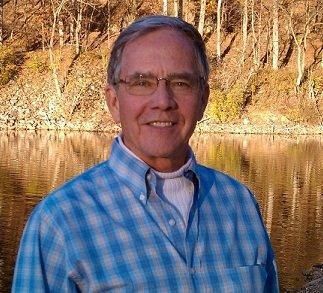Who’s your hero? High school students lead way
Published 12:00 am Sunday, July 13, 2014
The Harvard Business Review shook the ground a few years ago with an article that pointed out that corporations appoint people to supervisory positions at an average age of around 30, but these lucky people were first sent for supervisory training at an average age of 42! These individuals were doomed to spend fully one-third of their management career without ever undergoing training in how to be a supervisor and leader.
Among the high school student population some leadership coaching occurs, but most of it has to do with such things as drama club or sports leadership, such as captaining various teams. Very few programs focus on training leaders at the high school level in the art and science of protecting public health and saving taxpayer dollars in the environmental space.
The kids are not waiting.
In Concord, N.H., high school students thought that the school’s recycling efforts were wimpy. Without faculty involvement, they set aside one day and emptied all the trash bins on campus onto a tarp on the school’s front lawn and sorted what they found. Out of 275 pounds of stuff they collected from garbage bins that one day, 250 pounds were recyclable. Only 25 pounds (less than one-tenth) actually needed to go to the landfill. The adult leadership of the school was impressed, a bit embarrassed and set in motion efforts to role model better behavior for the students. Subsequent landfill dumping (and costs to taxpayers) dropped enormously, and recycling went up.
A few students at a freshman dorm at Harvard noticed that huge amounts of old pizza, half eaten sandwiches and other food scraps were being thrown out every day. They also noticed chemical fertilizer being applied to the plants outside their dorm. The recent high school graduates set up a worm farm in the dorm basement and put special “put old food here” bins (complete with logos) in the lounges. Every morning student volunteers carried the waste food down to the basement. The worms eat the food scraps and make an organic soil amendment that is better than chemical fertilizer. This is then applied to the landscaping plants outside the dorms instead of chemicals.
In Acton, Mass., a group of high school students, concerned about air pollution from coal-fired power plants and teacher pay cuts due to energy costs, asked administrators for data about energy costs. The students were appalled to find out that none of the school leaders had this data.
The students organized themselves into teams and armed themselves with hand-held “Kill-A-Watt” energy meters they got from eBay for around $24. They went around the school and measured energy use. They inspected classrooms, computer labs and other spaces, and found such things as lights in closets that were always on because there was no on-off switched entire computer labs and printers that were left running over weekends, and many obsolete and expensive light bulbs. By the end of the school year, these students had saved the school $33,000!
Trayvon Martin, the young black male killed in a controversial shooting in central Florida in early 2012, was a Krop Senior High School student. Shortly after he was killed, Blake Mars, a sophomore at the same school, planned and coordinated a yearlong series to combat racism. The events included Powerpoint slide shows about how the student body could work together to overcome its divisions.
Events included “Mmx-it-up” lunch days, when students were encouraged by fellow students to move to lunch tables of people they did not know and discuss why they usually sat with people like themselves. Another project had a “wall of intolerance” created. Students were urged to write out every nasty name they had been called, along with the story around the incident, and post it on the wall for others to see. During a multiracial ceremony that included group singing, the wall was then knocked down.
In each of these examples, the students wanted to create a better society. They worked in the arena of everyday behavior. In some cases they pulled these impressive efforts off in spite of the adults around them, not because of their support.
And there is the lesson. We can all make America great by picking a problem, naming it and taking it on. In an age where many ask who the role models are, perhaps we need to look to our kids.
To see the sources of facts used in this article and learn of other successful money and life saving programs that can be implemented locally to create a better future for our country, go to www.TheOptimisticFuturist.org


